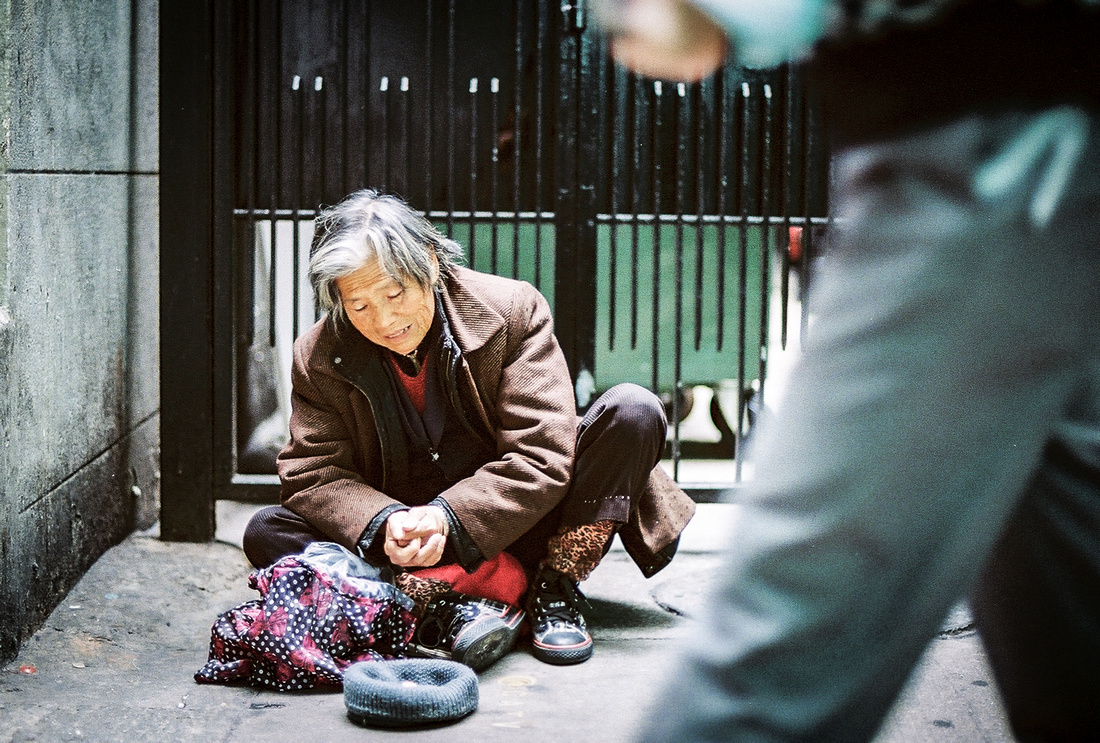Blog #14 The Ethics of Photography
Blog #14 The Ethics of Photography. It is important to consider ethical, correct and proper behavior in whatever endeavour one is engaged in. For this week's blog, I will briefly discuss ethics in photography or the ethical behavior of the photographer. There are a number of ways to approach this topic but I will break the topic into half and present two views. One view will address the issue of before pressing the shutter release and the other will deal with after pressing the shutter release.
When considering ethically correct and proper behavior before pressing the shutter release, the issue of ethics can be controversial. What is ok or not ok or illegal to photograph in today's world? Countries will vary on privacy laws and there may very well be inconsistent rules within and across a given country or region. Informed Consent must be given in many cases by individuals or groups that own a building or activity, for example, in order to legally make a photograph of the person, activity, or place.
Here is a guide that might be helpful for those interested in a deeper dive into the legality of making photographs: http://www.photoshare.org/resources/development-photography-ethics
In the genre of street photography, it might be a bit taboo to shoot homeless people or persons with disabilities, or even children. It is usually the case that the individuals may not be capable of giving informed consent and therefore should left well enough alone. However, National Geographic, Time, and other world news periodicals are chock full of indigenous people. Don't tell me that all of those published and professional photographers requested and completed a written informed consent document for all of those folks who appear in those mags. It definitely didn't happen! It seems that laws about privacy and informed consent only exist in the USA or Europe. Everywhere else, everything is fair game?
After one presses the shutter, there are 101 ways to manipulate a photo from its original parts through darkroom manipulation [film] or Lightroom® [Software post-processing] that can, in some cases, dramatically alter an image. In other words, there are editorial ethics. There are small adjustments to cropping, focus, and contrast, for example that might improve the technical aspects of an image. However, larger or massive manipulations can also be made using today's powerful software programs and digital files. People and objects can literally be added or subtracted, seamlessly, to an image. Some publications such as National Geographic forbid almost all types of digital or otherwise manipulation of photographs. The photographer needs to get it all and get it right in camera.
With today's tools at our disposal, it is rare that photographs remain untouched by even the most "purist" photographers. Ansel Adams was famous for the slighting burning [darkening] the edges of practically every single one of his images. Vignetting, this is called, draws the viewers attention into the photograph, towards the subject, and helps to maintain their attention within the image. Few would argue about Adams' creative decision to do so.
A photographer should think, before the shutter and after the shutter is released. If you see a sign that says "NO PHOTO" Stop! Don 't Shoot.
 Panhandler, Hong KongNikon FM2 With Kodak Portra 400 ISO
35 mm Film
Panhandler, Hong KongNikon FM2 With Kodak Portra 400 ISO
35 mm Film 